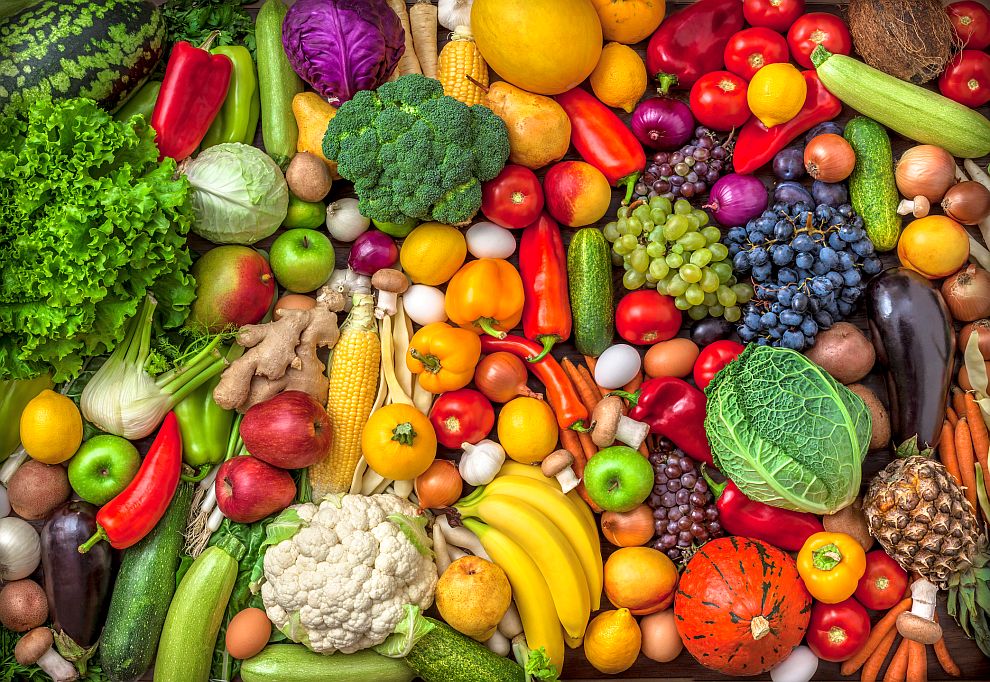The portion size should be carefully assessed
U.S.A. researchers have found a clever way to make children healthier by putting more vegetables on their plates, Science Alert said.
With larger portions of vegetables, children eat an average of 68 percent more per day.
The researchers used broccoli and corn for the four-week experiment, doubling the amount in the portion from 60 g to 120 g. The study involved children aged 3 to 5 years.
“The observed increase is about a third of the serving…,” Said nutritionist Hanim Dictas of Pennsylvania State University. “This strategy can be useful to parents, teachers and other staff to encourage children to eat the recommended amount of vegetables.”
The amount of other food on the plates remained unchanged. Researchers have tried to stimulate children’s appetite with oil and salt in some of the experiments, but this did not lead to a significant change in the amount of vegetables eaten.
The portion size should be carefully weighed so that not much uneaten food remains.
The selection of vegetables is also important – they should not be hated by the capricious.
When it comes to comparing vegetables with other foods on the plate, parents can gradually accustom their kids to new tastes, initially cooking them in their preferred way and with their favorite spices.












